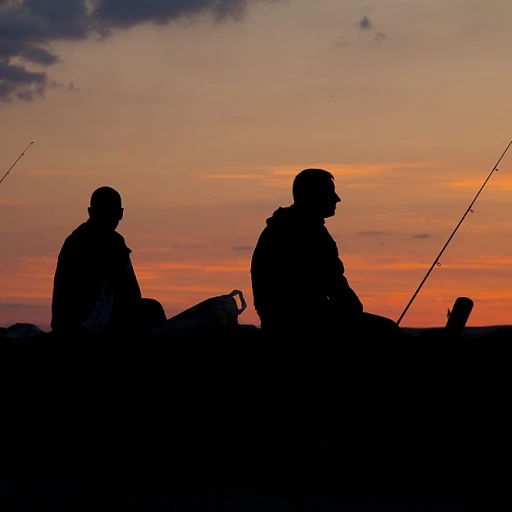Understanding the importance of knots in fishing
The Role of Knots in Successful Fishing
Understanding the importance of knots in fishing is crucial for any angler. Whether you're a beginner learning to tie basic knots or an experienced angler mastering advanced techniques, the right knot can make or break your fishing experience. Knots are not just about securing your hook or lure; they are about ensuring that your entire fishing setup works efficiently. A well-tied knot can handle the pull of a strong fish, while a poorly tied one might fail at the worst possible moment.
Knots serve as the critical connection between your fishing line and the hook, enabling you to present bait or lures effectively. A good fishing knot will maintain the strength of your line, ensuring that it doesn't snap under pressure. This is especially important when targeting larger species, where the tension on the line can be immense. For those looking to dive deeper into fishing techniques, exploring various fishing methods can provide valuable insights.
In fishing, there are different scenarios where specific knots excel. For instance, a bowline knot is excellent for creating a fixed loop, while a clove hitch is useful for securing a rope to a tree or post. As you progress, you'll learn to adapt your knot-tying skills to various fishing situations, ensuring that your setup is always secure and effective.
Basic knots every angler should know
Essential Knots for Every Angler
Mastering basic knots is crucial for any angler, whether you're just starting or have been fishing for years. These knots form the foundation of your knot-tying skills and are essential for ensuring your fishing line stays secure, your hooks are properly attached, and your catches are successful.
- Overhand Knot: Often the first knot learned, it's simple yet effective for creating a stopper knot at the end of your line.
- Square Knot: Useful for joining two ropes of similar size, this knot is easy to learn and provides a secure hold.
- Clove Hitch: Ideal for tying your rope to a tree or post, this knot is handy for setting up your fishing spot.
- Bowline Knot: Known for creating a fixed loop at the end of a rope, it's reliable for various fishing applications.
- Sheet Bend: Perfect for joining ropes of unequal size, this knot is versatile and strong.
- Uni Knot: A popular fishing knot, it's excellent for tying hooks, lures, and swivels securely.
- Trucker Hitch: While not exclusive to fishing, this knot is useful for securing loads and can be adapted for fishing needs.
These basic knots are not only easy to tie but also provide the confidence needed for more advanced techniques. For a detailed guide on identifying different species, check out this resource.
Advanced knots for experienced anglers
Mastering Complex Knots for Seasoned Anglers
Once you've got the basic knots down, it's time to delve into more advanced techniques that can enhance your fishing game. These knots are essential for those who have moved beyond the beginner stages and are ready to tackle more challenging fishing scenarios.
One of the most versatile knots you can learn is the bowline knot. This knot creates a fixed loop at the end of a rope and is renowned for its strength and security. Whether you're tying a rope to a tree or securing your hook, the bowline is a knot that won't let you down.
The trucker's hitch is another knot worth mastering. It's perfect for securing loads and can be adjusted to tighten or loosen as needed. This knot is especially useful when you need to apply tension to a rope, making it a valuable tool for any angler.
For joining ropes of different sizes, the sheet bend is your go-to knot. It's simple yet effective, ensuring that ropes of unequal thickness stay securely tied. This knot is particularly useful when you're out on the water and need to make quick adjustments.
Finally, the clove hitch is an excellent choice for temporarily securing a rope to a post or a tree. It's easy to tie and untie, making it a practical option when you're frequently moving your gear around.
As you explore these advanced knots, remember that practice is key. The more you tie and test these knots, the more proficient you'll become. For those interested in learning more about the giants of freshwater, check out this exploration of giant catfish to see how these knots can be applied in real-world fishing adventures.
Knots for different fishing scenarios
Adapting Knots to Various Fishing Scenarios
In the world of fishing, different scenarios call for different knots. Whether you're casting from the shore, on a boat, or fly fishing in a stream, the right knot can make all the difference. Understanding the nuances of each knot and its application can elevate your fishing game.
When you're dealing with heavy catches or rough waters, the trucker hitch is a reliable choice. It provides a secure hold, ensuring your line remains taut under pressure. For those who enjoy fly fishing, the uni knot is versatile and easy to tie, allowing for quick adjustments and secure hook attachment.
In scenarios where you need to join two ropes of unequal size, the sheet bend is invaluable. It's particularly useful when you need to extend your line or connect different types of fishing lines. The bowline knot, on the other hand, creates a fixed loop at the end of your line, perfect for attaching hooks or lures.
For anglers who often find themselves in situations requiring quick and secure knots, the clove hitch is a go-to. It's excellent for temporary holds, like securing your line to a tree or a dock post. Meanwhile, the overhand knot serves as a simple stopper knot, preventing your line from slipping through the eye of a hook or lure.
Each knot has its own set of advantages and best-use scenarios. By learning and practicing these knots, you can ensure that you're prepared for any fishing adventure that comes your way. Remember, the key to mastering these knots is practice, so take the time to learn tie them securely and efficiently.
Expert tips for tying secure knots
Pro Tips for Tying Secure Knots
Mastering fishing knots is not just about knowing the different types; it's about ensuring they are secure and reliable. Here are some expert tips to help you tie knots that won't let you down when you're out on the water.
- Choose the Right Knot: The first step in tying a secure knot is selecting the appropriate one for your fishing scenario. Whether you're using a basic overhand knot or a more advanced bowline, make sure it suits the task at hand.
- Moisten the Knot: Before you pull the knot tight, wet it with water or saliva. This reduces friction and helps the knot cinch down more smoothly, reducing the risk of weakening the line.
- Practice Makes Perfect: Regular practice is key to mastering knot tying. Use different ropes and lines to understand how each knot behaves. This will help you become proficient in tying knots like the uni knot or the sheet bend.
- Check for Weak Points: After tying, inspect your knot for any weak spots or slippage. A secure knot should hold firm without any visible gaps or loose ends.
- Apply Consistent Tension: When tightening your knot, apply even pressure. This ensures that the knot is tight and secure, preventing it from unraveling under stress.
- Learn from Mistakes: If a knot fails, analyze what went wrong. Was it the wrong type of knot, or was it tied incorrectly? Learning from these mistakes will improve your knot-tying skills over time.
By following these tips, you'll enhance your ability to tie secure fishing knots, ensuring that your line stays strong and reliable during your fishing adventures. Remember, the more you practice, the more you'll improve, so keep tying and testing your skills.
Using knots to join ropes of unequal size
Joining Ropes of Different Sizes with Ease
In the world of recreational fishing, knowing how to tie knots that join ropes of unequal size is a skill that can save the day. Whether you're dealing with a thick rope and a thinner line or combining different types of fishing lines, mastering these techniques is essential. Let's dive into some effective knots that can help you tackle this challenge with confidence.
- Sheet Bend: This knot is perfect for joining two ropes of different diameters. It's simple yet effective, providing a secure hold. Start by forming a loop with the thicker rope, then pass the thinner rope through the loop and around both parts of the thicker rope. Finally, tuck it under itself to create a firm bind.
- Double Sheet Bend: For extra security, especially when dealing with slippery or very different-sized ropes, the double sheet bend is a reliable choice. It follows the same steps as the sheet bend but includes an additional turn around the thicker rope for added grip.
- Bowline: Known for creating a fixed loop at the end of a rope, the bowline can also be adapted for joining ropes of varying sizes. By using a stopper knot on the thinner rope, you can secure it within the bowline loop, ensuring a stable connection.
These knots are not only practical for fishing but can also be applied in various outdoor activities. As you learn and practice these techniques, remember that the key to secure knot tying lies in consistent tension and neatness. Whether you're securing a hook or tying down gear with a trucker hitch, these skills will enhance your fishing experience.
Practical applications of fishing knots
Applying Knots in Real-World Fishing
Understanding how to apply fishing knots in practical scenarios is crucial for any angler, whether you're casting in a tranquil lake or battling the waves at sea. Each knot serves a specific purpose, enhancing your ability to secure hooks, join lines, or tie onto a boat. Mastering these techniques can make your fishing experience smoother and more enjoyable.
Securing Hooks and Lures
One of the primary uses of fishing knots is to attach hooks and lures securely. The uni knot is a versatile choice for this task, providing a strong connection that's easy to tie. For fly fishing enthusiasts, the clinch knot is another reliable option, ensuring your fly stays put even with aggressive casting.
Joining Lines of Different Sizes
When you need to join lines of unequal thickness, the sheet bend or the double sheet bend are excellent choices. These knots allow you to connect a thicker leader to a thinner main line without compromising strength. This technique is particularly useful when targeting larger fish that require a more robust setup.
Creating Loops and Hitches
Loops and hitches have numerous applications in fishing. The bowline knot is perfect for creating a fixed loop at the end of a rope, which can be used for various purposes, such as securing your boat to a dock. For adjustable tension, the trucker's hitch is ideal, providing a pulley effect that can tighten a line efficiently.
Handling Heavy Loads
When dealing with heavy loads or needing to tie down gear, the square knot and clove hitch are invaluable. These knots are easy to learn and provide a reliable hold, making them essential for any angler's repertoire.
By understanding and practicing these practical applications, you can enhance your fishing skills and ensure that your knots hold up under pressure. Whether you're tying a simple overhand knot or a more complex stopper knot, each has its place in the angler's toolkit.
Resources for learning and practicing knots
Online Resources and Tutorials
In the digital age, learning how to tie fishing knots has never been easier. Numerous online platforms offer detailed tutorials and videos that cover everything from basic knots to advanced techniques. Websites dedicated to fishing often provide step-by-step guides, helping you master the art of knot tying at your own pace. YouTube is a particularly valuable resource, with countless channels dedicated to teaching anglers how to tie various knots, such as the bowline, sheet bend, and clove hitch.
Books and Guides
If you prefer a more traditional approach, consider investing in books or guides focused on fishing knots. These resources often include detailed illustrations and explanations, making it easy to understand how to create secure loops, hitches, and bends. Look for books that cover a range of knots, from the basic overhand knot to more complex options like the trucker hitch and uni knot.
Hands-On Workshops
For those who learn best through hands-on experience, attending a workshop or class can be incredibly beneficial. Local fishing clubs or outdoor stores sometimes offer classes where you can practice tying knots under the guidance of experienced anglers. These sessions often provide the opportunity to ask questions and receive personalized feedback, ensuring you leave with a solid understanding of how to tie fishing knots effectively.
Practice Makes Perfect
Regardless of the method you choose to learn, practice is key to mastering fishing knots. Set aside time to practice tying different knots, focusing on achieving both speed and security. Use a variety of ropes and scenarios to simulate real fishing conditions, such as tying a stopper knot or creating a rope loop for fly fishing. With consistent practice, you'll find that tying knots becomes second nature, enhancing your overall fishing experience.
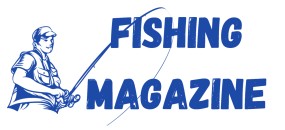


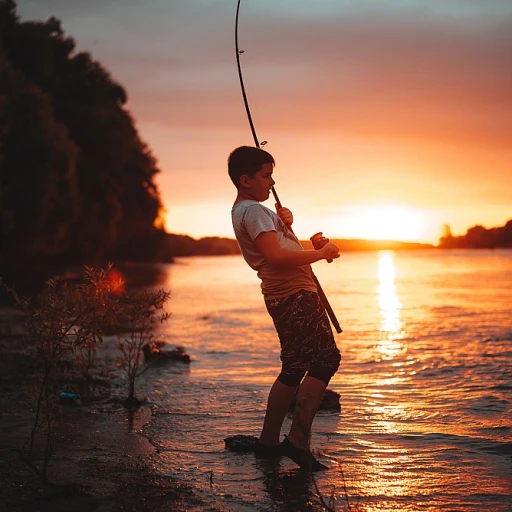
-large-teaser.webp)
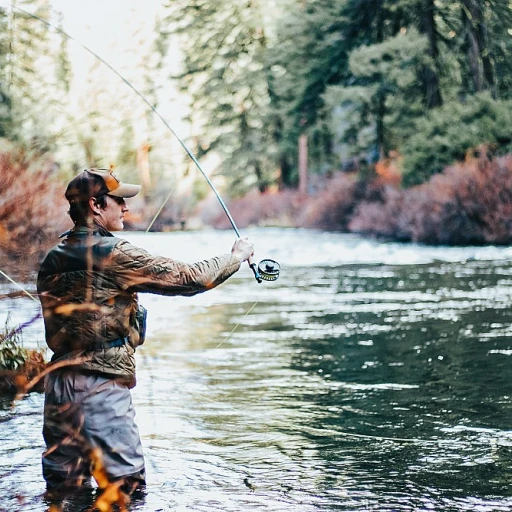
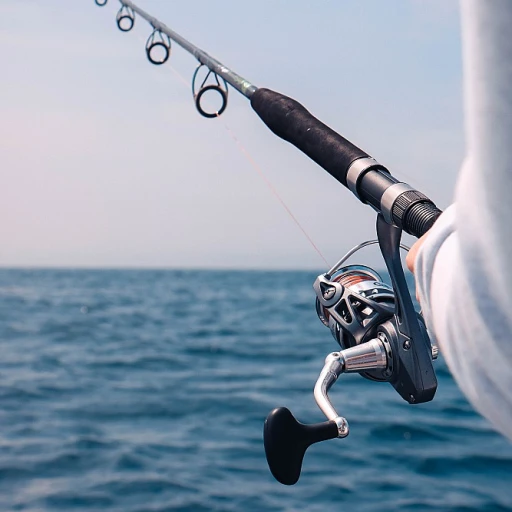
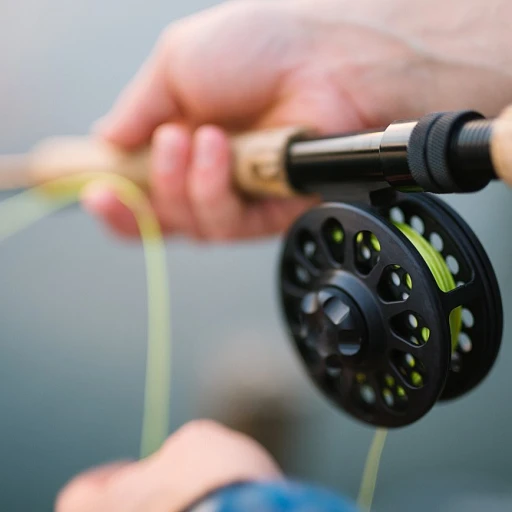
-large-teaser.webp)
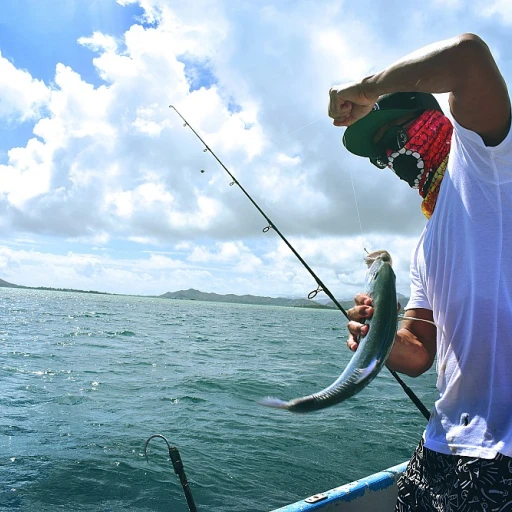
-large-teaser.webp)

